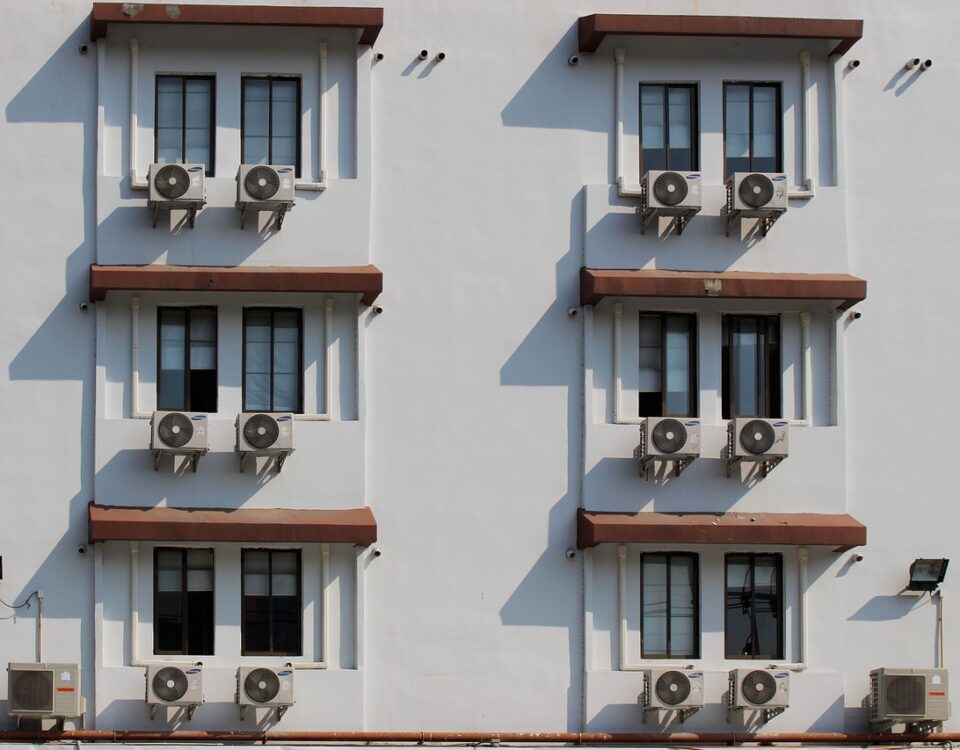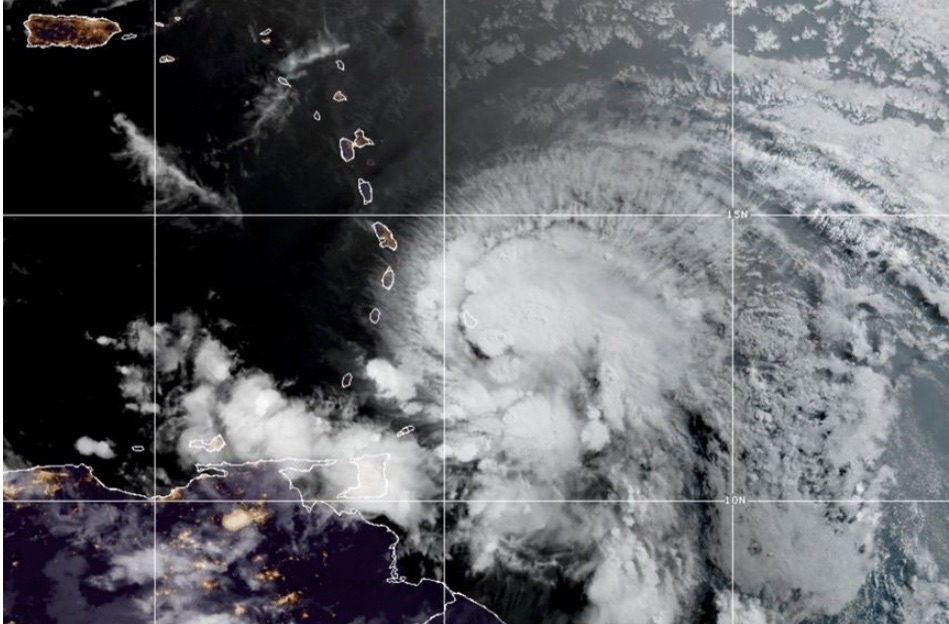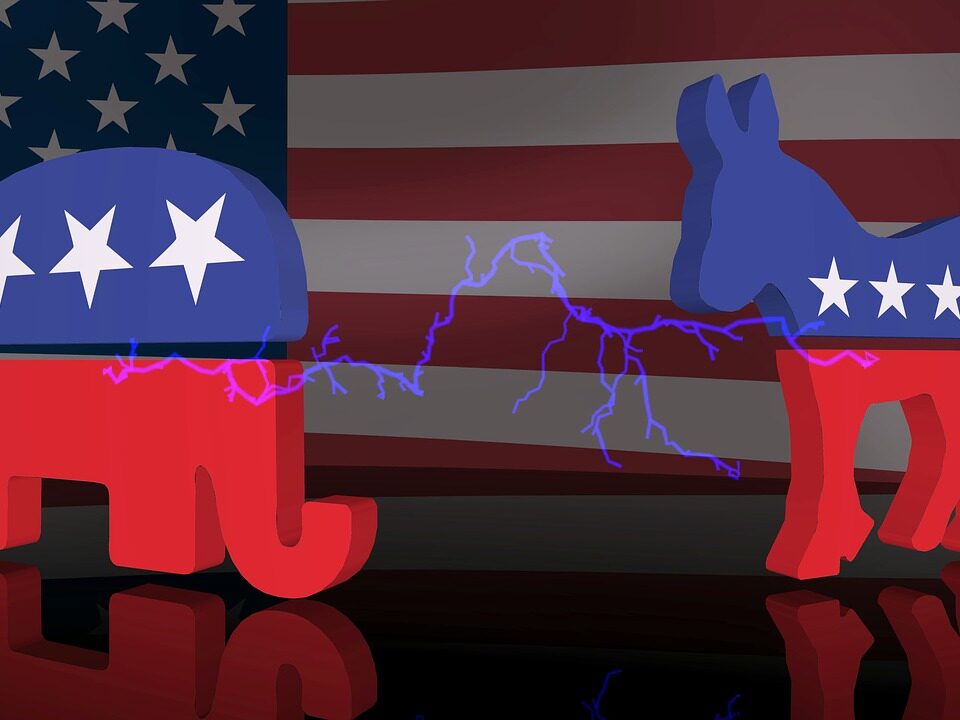Why Women Don’t Get the Credit They Deserve
November 16, 2015Why Shades of Gray Might Lead to Better Research
November 18, 2015For people who want to get married, it could be wise to think about supply and demand.
Dating Pools
Where are we going? To how marriage markets differ.
College Graduates
Because assortative mating means college graduates want to go out with each other, then again, women could face an imbalance. Among college educated individuals in their 20s, there are four women for every three men. For those in their 30s, the ratio is five women for every four men.
Still though, it depends where you live. The “educated man deficit” is high in Fort Lauderdale while we have an “educated woman deficit” in San Jose.
Our Bottom Line: Assortative Dating
Explained by Nobel economics laureate, Gary Becker (1930-2014), forget love and marriage. Instead think supply, demand and marriage markets. On the supply side, we have women who have become “more valuable” because of higher pay and more education. Meanwhile, the demand for those women depends on the gender ratio in that area. Where there is an “educated man deficit,” fewer women on that supply curve are finding mates.

![econlifelogotrademarkedwebsitelogo[1]](/wp-content/uploads/2024/05/econlifelogotrademarkedwebsitelogo1.png#100878)



